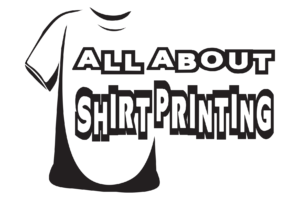Technically, DTF is a method where ink is printed on film and then the ink itself is transferred to the shirt. HTV on the other hand is a vinyl material that is cut and glued to the shirt – without the use of ink. The basis of the difference between the methods is that DTF is a method of transferring ink onto the shirt, while HTV is the material itself that is glued to the shirt.
DTF is a method where manual cutting of the graphics is not necessary – it is printed from the printer onto the film, while in HTV, most of the process is manual: the cutting plotter cuts the graphics, but then it is necessary to peel. The parts that are not supposed to go through the shirt.
The similarity between the two methods is that they both use a heat press to create the connection between the printed material and the shirt. In addition, both methods allow for personal printing because there is no need to create a template as in silk printing. Both methods also allow the printing of individual items because there are no additional costs other than the printed material.
When it comes to customizing clothes, there are several options available. Two of the most popular methods of printing designs onto fabric are Direct Transfers to Film (DTF) and Heat Transfer Vinyl (HTV). Both processes have their own advantages and disadvantages, so it is important to understand the differences between them before deciding which one is best for your project.
DTF transfers involve printing a design directly onto clear PET film with digital ink. This method is fast and economical, as it requires less material than HTV. The ink also bonds to the fabric, making it more durable than vinyl or screen printed designs. In addition, DTF transfers allow for greater detail in the design because they can be printed at higher resolutions than HTV.
On the other hand, HTV involves cutting vinyl sheets to the desired design and then heat pressing the fabric. This process is slower than DTF printing but offers more flexibility when it comes to colors and textures. It also requires less money to start printing because you don’t need any special equipment or materials like you do with DTF transfers.
In conclusion, both DTF and HTV transfers offer unique benefits depending on your needs. If you’re looking for a faster, more cost-effective option that produces high-quality results, then DTF might be the right choice for you. However, if you need more flexibility in terms of colors and textures then HTV could be a better option.

